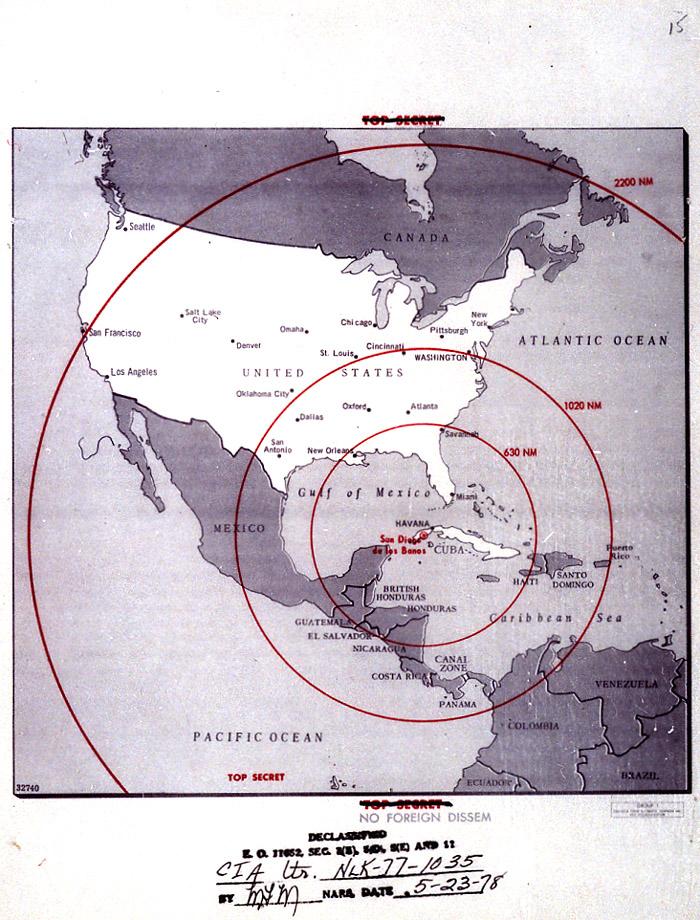This Day in History, October 28th
On this day October 28th, 1962, President Nikita Khrushchev of the former Soviet Union ordered the removal of intermediate-range ballistic missiles stationed in Cuba, ending the 13 day confrontation with the United States.
Responding to the US nuclear missile deployment in Turkey, the Soviet signed secret agreement with the Cuban communist leader Fidel Castro on constructions of missile site in Cuban. Americans uncovered the scheme when their U2 spy plane scanned the area and photographed evidences of missile presence.
After a series of negotiations, the then United States President John F. Kennedy agreed to remove warheads in Turkey and Khrushchev would deconstruct the site in Cuba.
The event, known as the Cuban Missile Crisis, is widely considered as the moment in which the Cold War came closest to turning into a nuclear conflict. The term Mutually Assured Destruction is first coined in this event.



